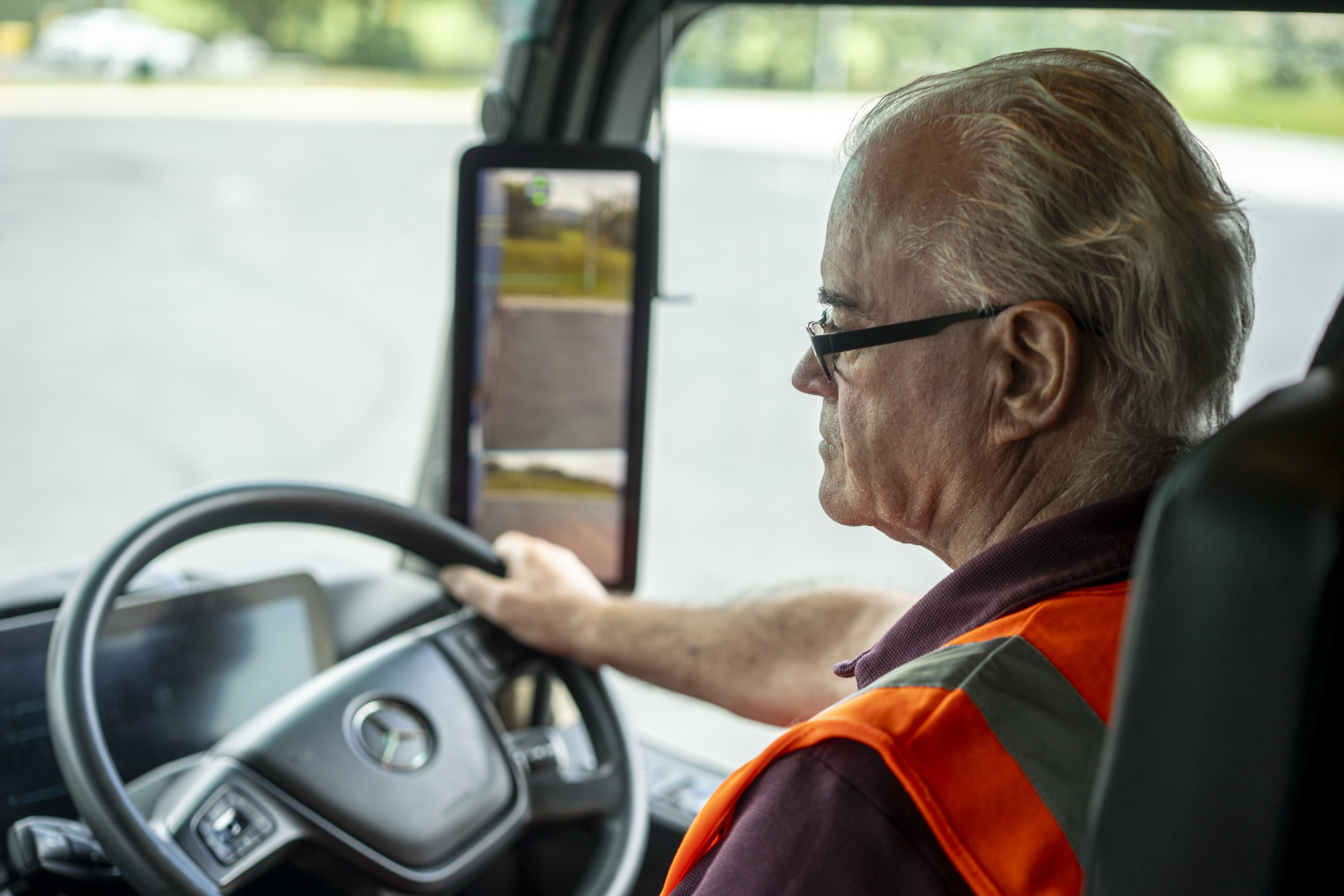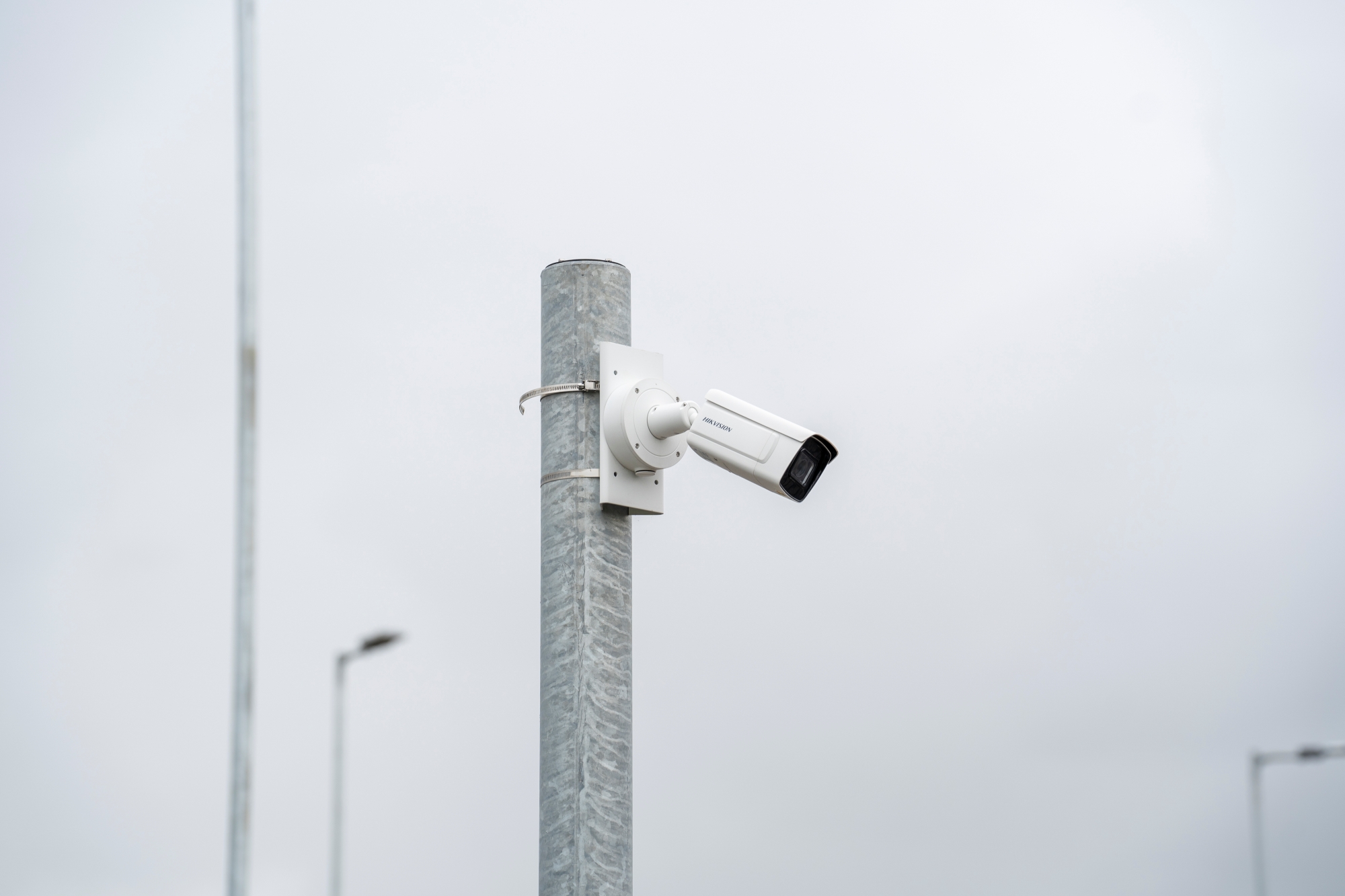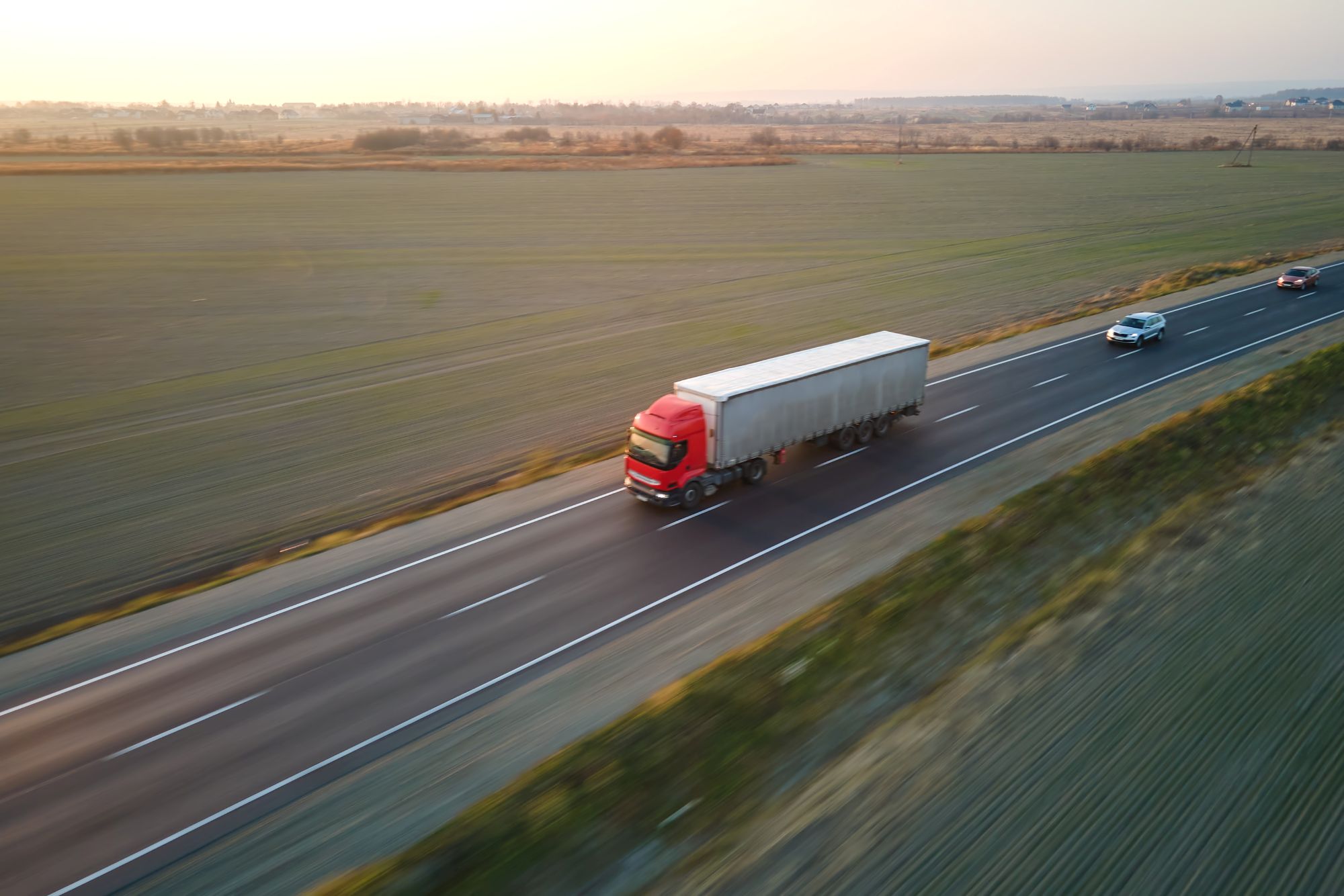
Miranda Blake
Gli autisti non sono soddisfatti degli autogrill: Qual è il problema?
Creato: 11/11/2024
•
Aggiornato: 23/12/2025
Un recente sondaggio dell'ente di controllo indipendente Transport Focus ha rilevato che quasi la metà degli autotrasportatori non è soddisfatta della quantità e della qualità delle aree di sosta per camion in Inghilterra. Ritengono che anche quest'ultima sia peggiorata nell'ultimo anno.
Qui a SNAP abbiamo una rete di autogrill che offrono servizi di qualità superiore (infatti, presto lanceremo i nostri premi per celebrare i migliori autogrill!). Quindi, se ce ne sono molte di ottime là fuori, viene da chiedersi: perché gli autisti sono così insoddisfatti?
Un'immersione più profonda nel problema
Per prima cosa, diamo un'occhiata a ciò di cui non sono soddisfatti. Gli autisti dicono di non sentirsi benvenuti e sicuri a ogni fermata. Inoltre, non riescono a riposare adeguatamente o a godersi un buon pasto. Tra i commenti ricevuti c'è il fatto che non sempre sono disponibili [cibi sani] (https://snapacc.com/newsroom/how-to-be-a-healthy-truck-driver/) o docce e bagni puliti. Una donna autista ha anche commentato che non c'è una doccia nel bagno delle donne, il che significa che non ha altra scelta se non quella di andare a lavarsi nel bagno degli uomini.
Tuttavia, è importante sottolineare che le statistiche riguardano coloro che hanno scelto di fare le loro pause in queste aree di sosta, quindi è probabile che ci sia un certo livello di soddisfazione. Inoltre, l'indagine ha chiesto agli autisti di conoscere la loro esperienza solo in un terzo del numero totale di aree di sosta per autocarri, servizi autostradali e strade secondarie in Inghilterra. Inoltre, molte aree di sosta hanno ottenuto punteggi soddisfacenti di almeno il 95%, con una soddisfazione complessiva dell'86%.
Quindi, forse il problema non è così grande come sembra. Tuttavia, il settore non può certo ignorarlo, soprattutto alla luce di quanto abbiamo scoperto.
Cosa ha scoperto la ricerca SNAP
Abbiamo scoperto che il 70% degli autisti sceglie le piazzole di sosta piuttosto che le stazioni di servizio o le aree di sosta, e la ragione principale è l'insufficiente sicurezza. Ad esempio, in passato hanno subito il taglio delle tende. Tuttavia, vale la pena notare che nel 2023 la polizia del Cambridgeshire ha riferito che [il 46% dei furti di merci è avvenuto in strade o piazzole di sosta] (https://www.rsainsurance.co.uk/news/insurance/tackling-cargo-crime-in-2024/#:~:text=The%20majority%20only%20offer%20a,these%20happened%20in%20lay%2Dbys.), rispetto al 27% nelle stazioni di servizio, il che suggerisce che forse gli automobilisti si stanno preoccupando nel posto sbagliato.
Sulle nostre pagine dei social media, oltre la metà dei camionisti ha rivelato di ritenere che le aree di sosta del Regno Unito non siano sicure rispetto a quelle europee. E per quanto riguarda gli spazi che hanno un livello di protezione più elevato, il 70% li ha visti pieni entro le prime ore della sera.
Sebbene ciò implichi una quantità insufficiente a soddisfare la domanda, molti dei nostri siti hanno una sicurezza fantastica. Quindi, per quelli che non ce l'hanno, dovrebbero considerare come migliorare questo aspetto.

Dare ai parcheggi per autocarri il più alto livello di sicurezza
Forniamo una varietà di servizi per migliorare l'esperienza di tutti, compresi i nostri pacchetti di sicurezza leader del settore tramite SNAP Access & Security. Dalle telecamere ANPR e barriere alle telecamere a circuito chiuso, garantiamo la migliore protezione per gli autogrill e quindi per i conducenti e per il carico di tutte le flotte.
Potete saperne di più su Accesso e sicurezza SNAP, o scoprire gli altri servizi (come il parcheggio e il lavaggio) qui.



